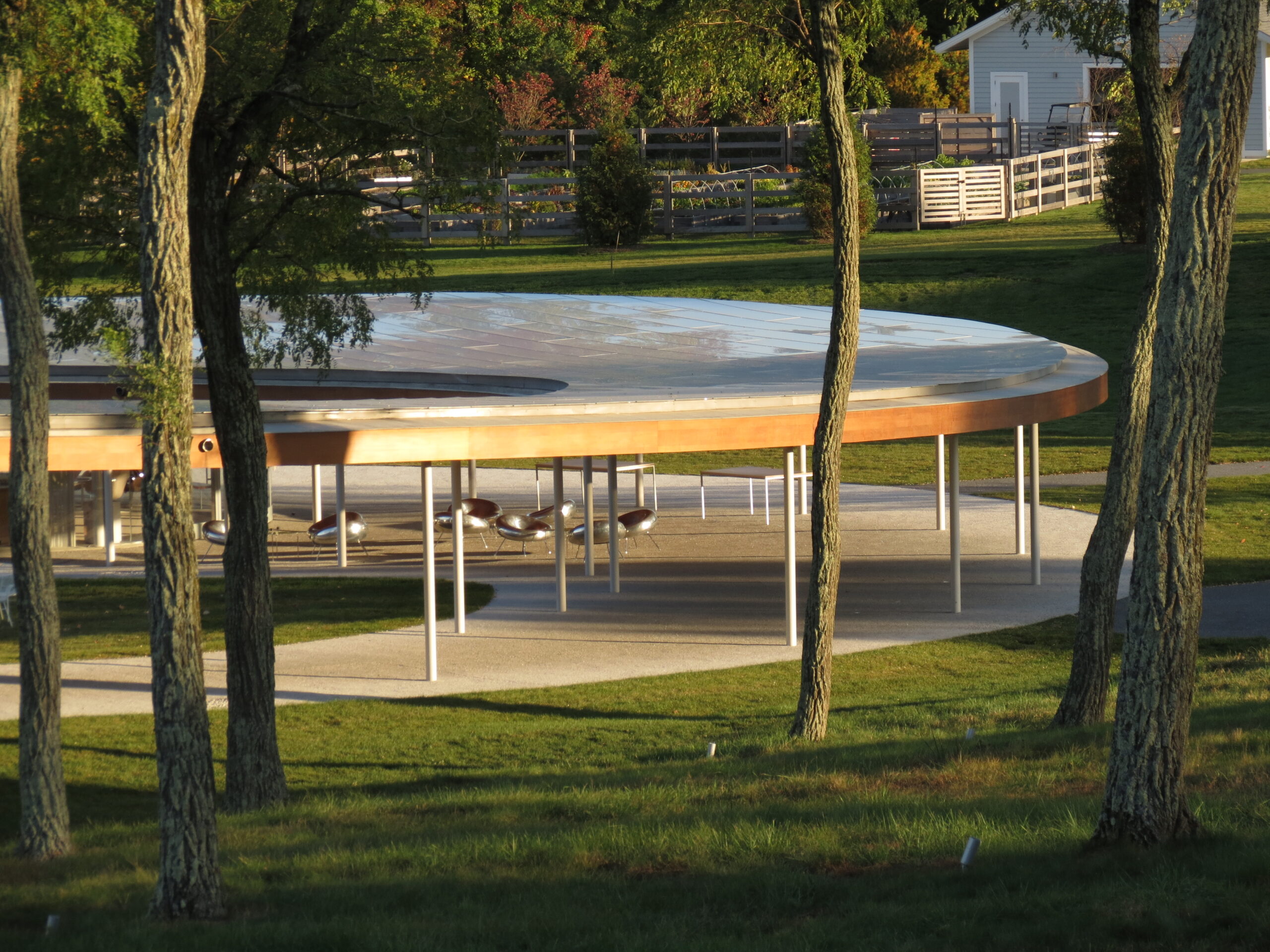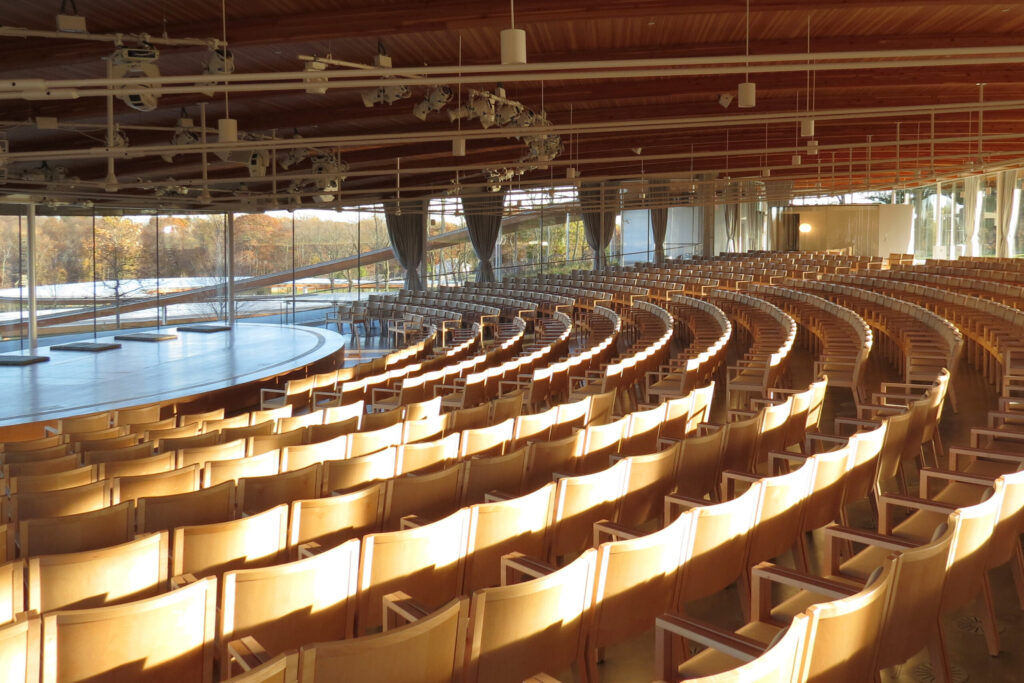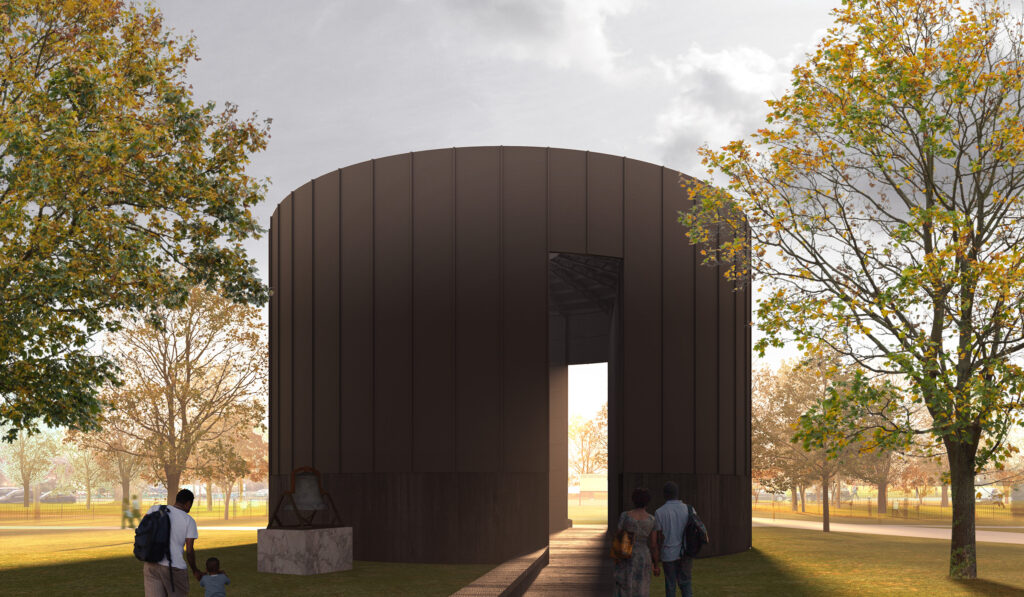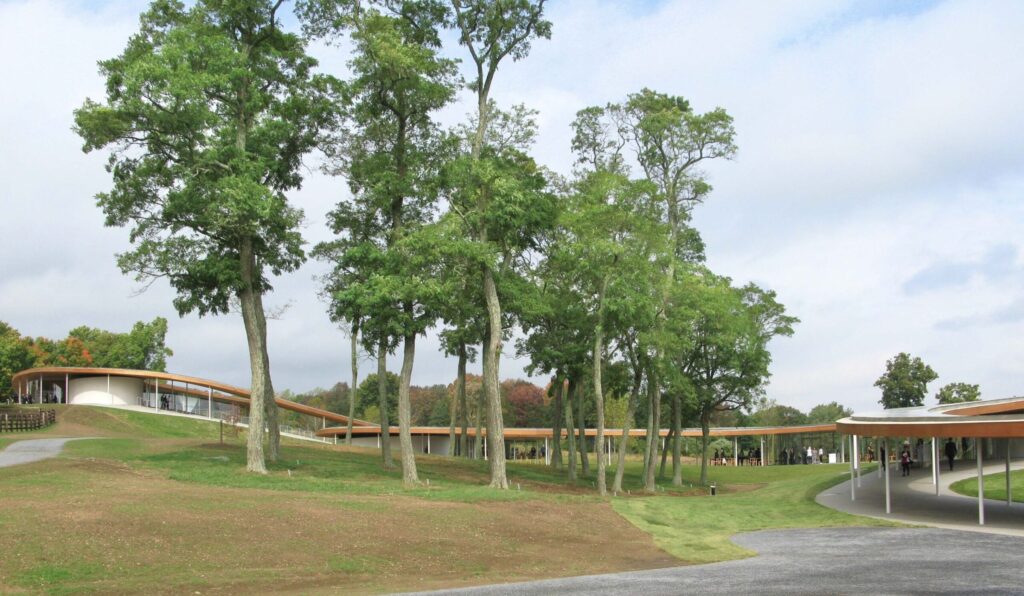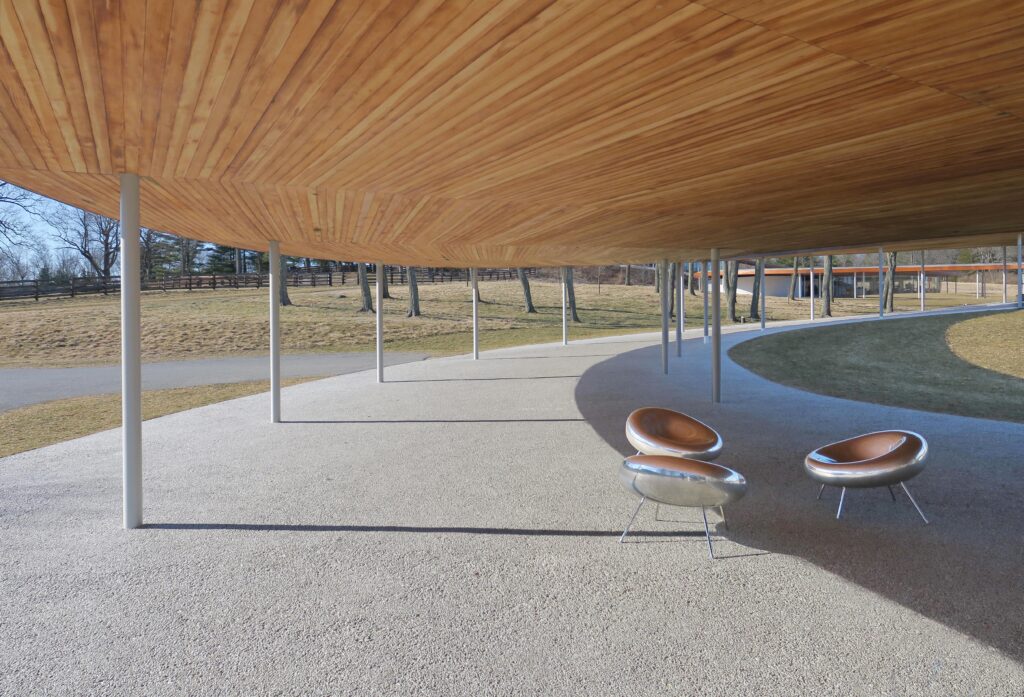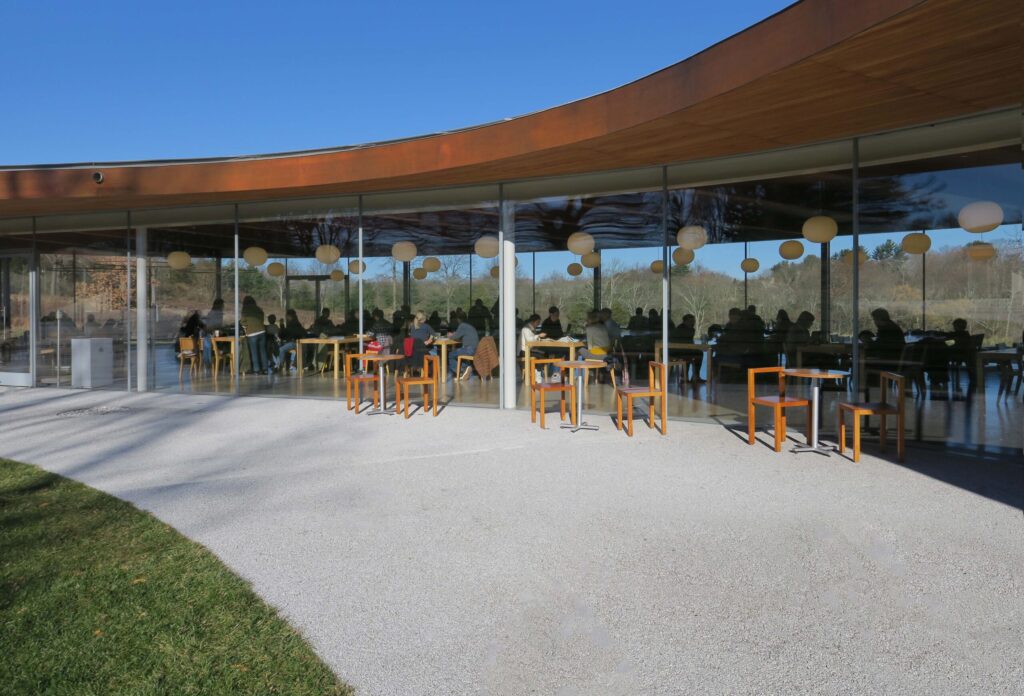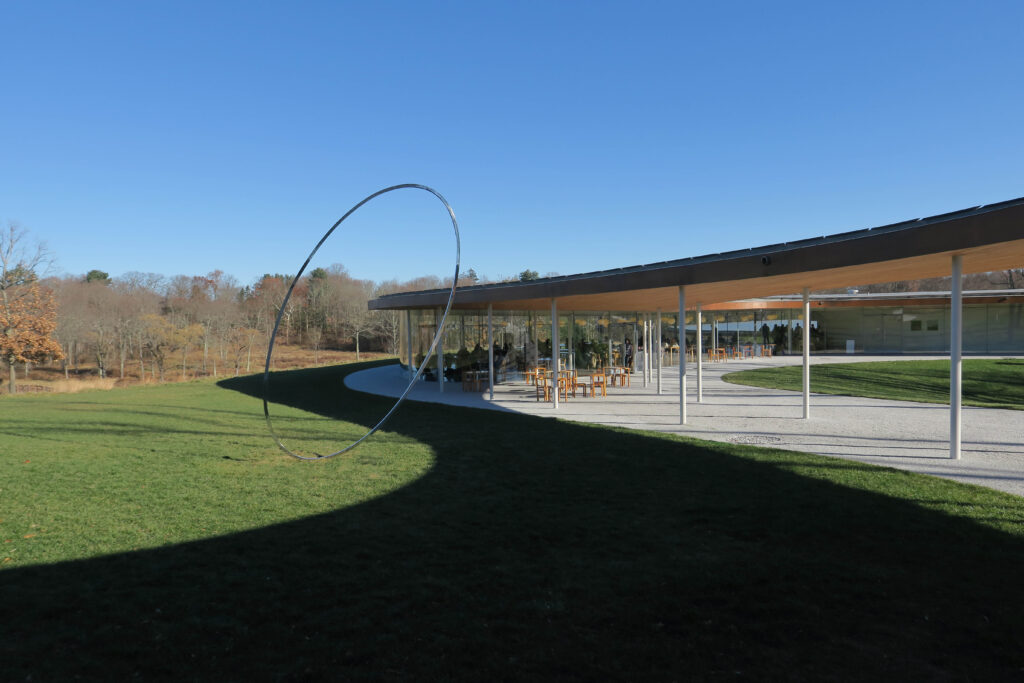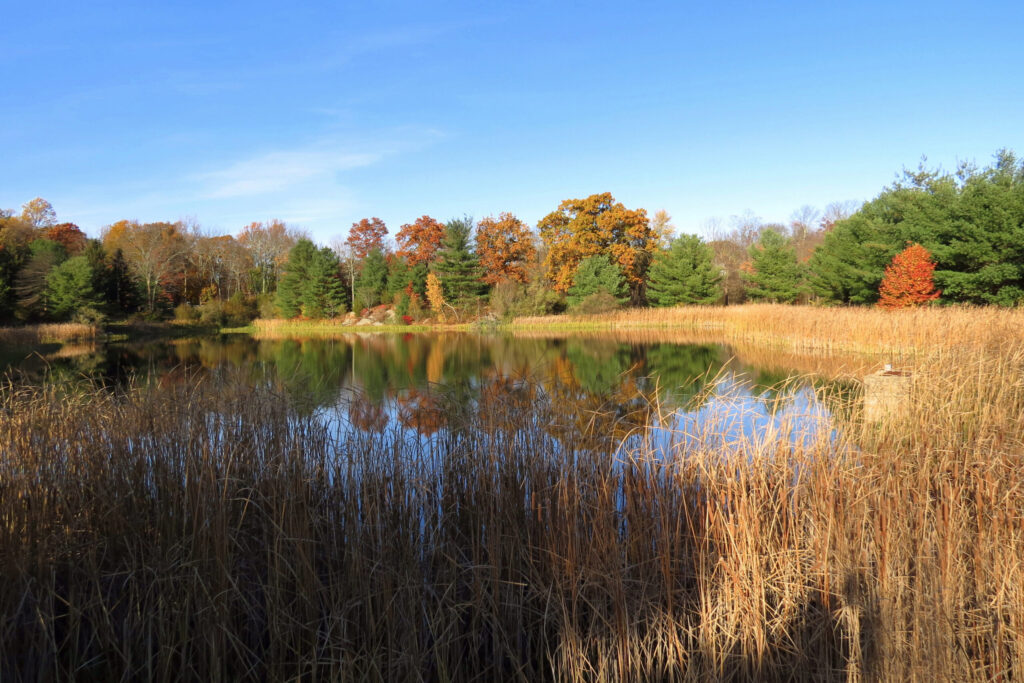Can design and art make the world a better place? A poignant question to ponder, and one that Grace Farms Foundation has taken to heart making it the guiding philosophy behind their initiatives.
Founded in 2009, since 2015 the foundation occupies a building designed specifically for them with the goal of expressing their mission of becoming a community welcoming space to explore issues of faith, the environment, social justice, and art.
Located in New Canaan, Connecticut, and designed by renown Japanese office SANAA, the building became known as The River thanks to its fluid design lines. And since its inauguration the structure went on to win several prestigious architectural awards like the Mies Crown Hall Americas Prize and American Institute of Architects Honor Award.
But even more important than the accolades, the building has perfectly served the organization’s eclectic program, hosting high profile activities, such as think tanks with the United Nations University, creative workshops with NASA on its Journey to Mars project, performances by artists, such as Carrie Mae Weens and Julianne Swartz, as well as becoming a center for locals to gather to shoot hoops at the enclosed court, share a meal at the cafeteria, or attend a theological discussion at the auditorium.
The site of the sprawling 80 acres campus was carefully selected for its beautiful natural setting, with nature being an essential element of the foundation’s philosophy. Through careful work, they were able to restore 10 biodiverse habitats, including native meadows, woodlands, and ponds. Throughout the year, a multitude of nature related activities are held at Grace Farms, from bird and star-gazing to nature walks.
Of course, art is also an important element in setting the inspirational tone of the campus, featuring specially commissioned site-specific projects by artists Teresita Hernandez, Beatriz Milhazes. Most recent is a new piece by Alyson Shotz entitled “Temporal Shift,” a polished stainless steel elliptical 14 foot high sculpture. Placed next to the building’s curvilinear marquise, the Shotz sculpture establishes a playful dance between art and architecture.
Further solidifying their holistic approach, their initiatives and their commitment to fight social justice, the foundation in 2020 launched Design for Freedom. This is a groundbreaking movement aimed at eliminating forced and slaved labor from the building industry, and meant to improve labor practices at construction job sites as well as in the critical materials supply chain. “Almost all modern construction projects are subsidized with slavery, due to unchecked forced labor that permeates thousands of raw and composite materials sourced both locally in the United States and globally,” says Sharon Prince, founder and CEO of Grace Farms Foundation. Less than two years old, the movement has quickly gained traction attracting support from top professionals in the field. Major college and universities in the US and abroad, helping both raise awareness on the topic and generate concrete positive actions.
As with all their initiatives, the organization’s inspired and very focused determination is already leading to actual results: last week Design for Freedom announced several pilot projects that promise to show how achievable their goals are. The projects list includes the new Serpentine Pavilion in London by artist Theaster Gates with acclaimed architect David Adjaye; a library in New Canaan, Connecticut by Centerbrook Architects; and the Harriet Tubman Monument in Newark, New Jersey by Nina Cooke John.
The River Building at Grace Farms Foundation – Photography by Paul Clemence
By Paul Clemence, photographer, writer, author

